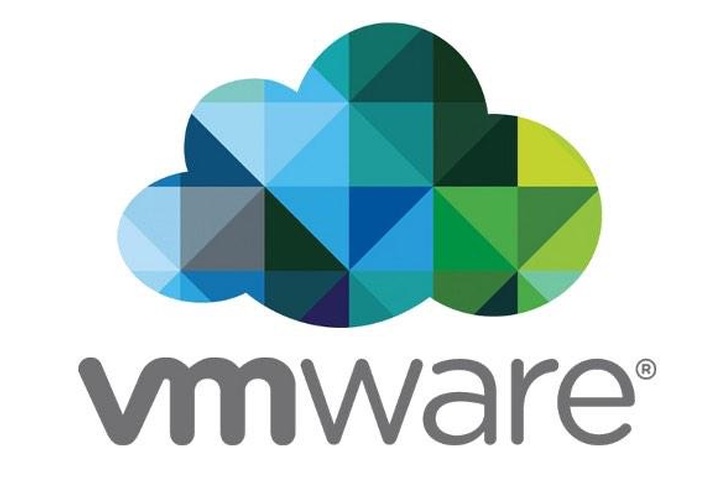SAP HANA Then and Now: A Smarter Way to a System of Insight
The recent Forrester Research survey “Evolve Your Business Intelligence To Systems of Insight” defines a system of insight as one where traditional business intelligence (BI), agile BI, and big data converge to “deliver actionable insights necessary to win, serve, and retain customers.”
It should come as no surprise to the SAP customer that – as far as SAP is concerned – this convergence to a system of insight rests on, and is made possible by, the SAP HANA platform. As SAP HANA nears its five-year anniversary this spring, it is worth noting that this concept represents somewhat of an evolution from the nascent days of SAP HANA when it was intended primarily as a sidecar in-memory database meant to supercharge analytics, and later as a database for SAP Business Warehouse (SAP BW). Though its days as the ticket to a real-time enterprise for the digital age were still ahead, it is interesting that even as SAP HANA was first gaining traction and widespread recognition, SAP marketed SAP HANA not so much as a means to speed up existing processes, but more as a means to drive innovation.
At the SAPinsider CRM, Logistics, and SCM event in 2013, for example, keynote speaker Steve Lucas – then the Executive Vice President and GM of SAP Database and Technology, and now President of Platform Services – said that SAP HANA was created to help “drive innovation.” He added, “SAP HANA is absolutely smarter, absolutely faster, and it’s simpler,” joking that he purposefully didn’t say “faster” first because he wanted to drive home the point that SAP HANA was primarily about breaking free from batch processing and other existing limitations to re-think processes in a real-time enterprise.
Explore related questions
As SAP HANA continued to evolve to where the platform is now embedded in the application for the entire business suite in SAP Business Suite 4 SAP HANA (SAP S/4HANA), messaging held steady. For an SAPinsider SAP HANA Special Report in April 2015 – just after the release of SAP S/4HANA – Lucas said SAP HANA was created with the vision of a database with a zero response time, and “that vision is behind everything SAP is doing to help customers run their businesses smarter, faster, and simpler.” The purpose of SAP HANA, he said, is to use it “to reimagine the business as a whole [and] simplify how an organization runs its business applications, runs in the cloud, and capitalizes on macro-trends such as big data, and Internet of Things (IoT).”
Today, more than ever, we’re seeing this vision become reality. As data volume continues to increase, and as the realization sinks in across organizations of all sizes that BI can indeed be a competitive advantage, executives like Lucas no longer have to sell customers on the premise that real-time insights, a real-time enterprise, and a shift toward agile and self-service BI is needed to compete in a digital economy.
The stories we’re hearing from SAP customers and partners we feature in the pages of insiderPROFILES and SAPinsider validate this concept of turning to SAP HANA as a platform to transform a business into a real-time enterprise, which often includes thinking of enterprise data warehousing in a new light with a focus on creating data marts for a more agile BI landscape.
A leading pharmaceutical company with about $50 billion in annual sales recently shared its global enterprise data warehousing project with SAPinsider. The company’s goals for consolidating a disparate data warehouse environment with a global implementation of SAP Business Warehouse powered by SAP HANA were consistent with the need to become a digital enterprise: creating a streamlined reporting environment and a single source of truth across the enterprise, delivering real-time insights, and creating data marts to support an increase in self-service BI. “We’ve been undergoing a change in philosophy and perspective in business intelligence to put more tools and more capabilities directly in the hands of our users because they prefer not to wait for [IT] to do things for them,” says a company employee who was involved with the project. “We’ve developed a large self-service community … easier access to our data sources has become paramount, which the SAP HANA upgrade really feeds into as far as having real-time data access, and that’s a request we get constantly as far as providing more responsive sources.”
This reporter will be at the upcoming SAPinsider BI, HANA, and IoT conference (February 16-19 in Las Vegas) to interview other SAP customers about what becoming a real-time enterprise with SAP HANA means for their own organizations. Interviews are on tap with SAP executives, thought leaders, and partners to learn more about the SAP roadmap and strategy for how companies should consume and manage data in a digital economy. If SAP HANA is, indeed, a future-proof data management platform for analytics, what is the optimal launching point for companies to ensure maximum performance and optimal ROI?
This blog will be updated with some of the more interesting Las Vegas discoveries, which will also be shared – digitally, of course – via new podcasts and/or videos on this HANA Platform channel.







